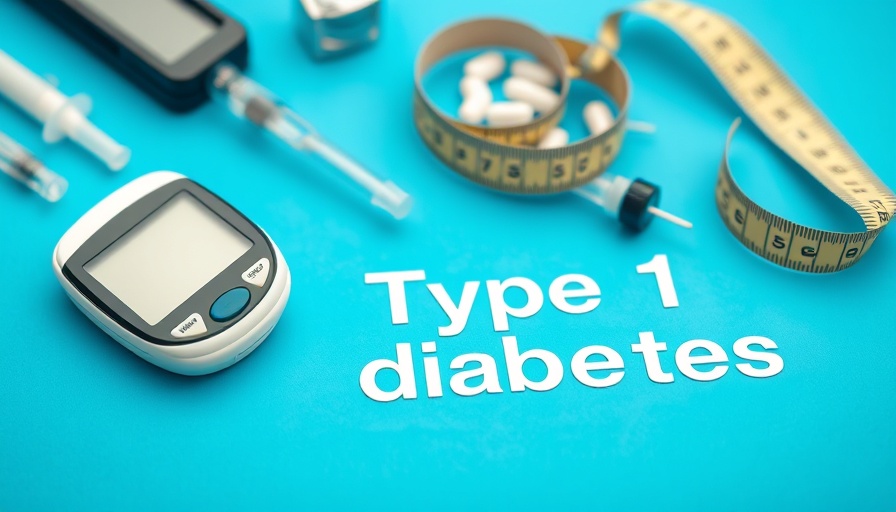
Understanding the Linkage Between Celiac, Thyroid Diseases, and Type 1 Diabetes
A recent study has unveiled a striking connection between celiac disease and thyroid disorders, revealing that individuals suffering from these conditions may face over a twofold higher risk of developing type 1 diabetes, particularly among the youth. This alarming statistic highlights the need for greater awareness and proactive health measures, especially for families navigating these health challenges.
Why This Matters: The Health Implications for Young People
Type 1 diabetes is an autoimmune condition where the body’s immune system mistakenly attacks insulin-producing cells in the pancreas. While this disease can manifest at any age, the findings suggest that kids and adolescents already grappling with celiac disease or thyroid issues are at a greater risk. Understanding this relationship is crucial because early intervention can significantly improve health outcomes.
Resources for Families: How Telemedicine Can Support Management
The rise of telemedicine presents a valuable resource for families facing these health issues. Access to healthcare professionals has never been easier, allowing for timely consultations about symptoms and risks associated with celiac and thyroid diseases. Parents can benefit from virtual appointments, receiving personalized care from specialists who can guide them in monitoring and managing their child’s health effectively.
Empowering Through Knowledge: What Parents Can Do
Education is a powerful tool for parents and caregivers. Understanding the nuances of autoimmune diseases can facilitate better communication with healthcare providers and foster a proactive approach to a child's health. Nutrition and meal planning become crucial, as certain dietary restrictions associated with celiac disease must be strictly adhered to, while also considering the overall management of diabetes.
Building Community Support: Sharing Experiences
Beyond medical support, emotional and community support plays a vital role in managing chronic health issues. Connecting with local support groups can provide families with shared experiences, coping strategies, and a sense of belonging. Peer support can lighten the emotional load, reminding families they are not alone on this journey.
The Road Ahead: Future Implications and Research Directions
This connection between celiac, thyroid diseases, and type 1 diabetes not only demands immediate attention but also emphasizes the importance of ongoing research. By studying these links further, healthcare professionals can develop more tailored screening and prevention strategies that meet the unique needs of this vulnerable population, particularly youth.
As we bring this discussion full circle, it's crucial that families remain vigilant about their health and take advantage of available resources. The journey of managing these conditions may feel daunting, but with the right knowledge and support, parents can pave a healthier road for their children.
 Add Row
Add Row  Add
Add 




Write A Comment